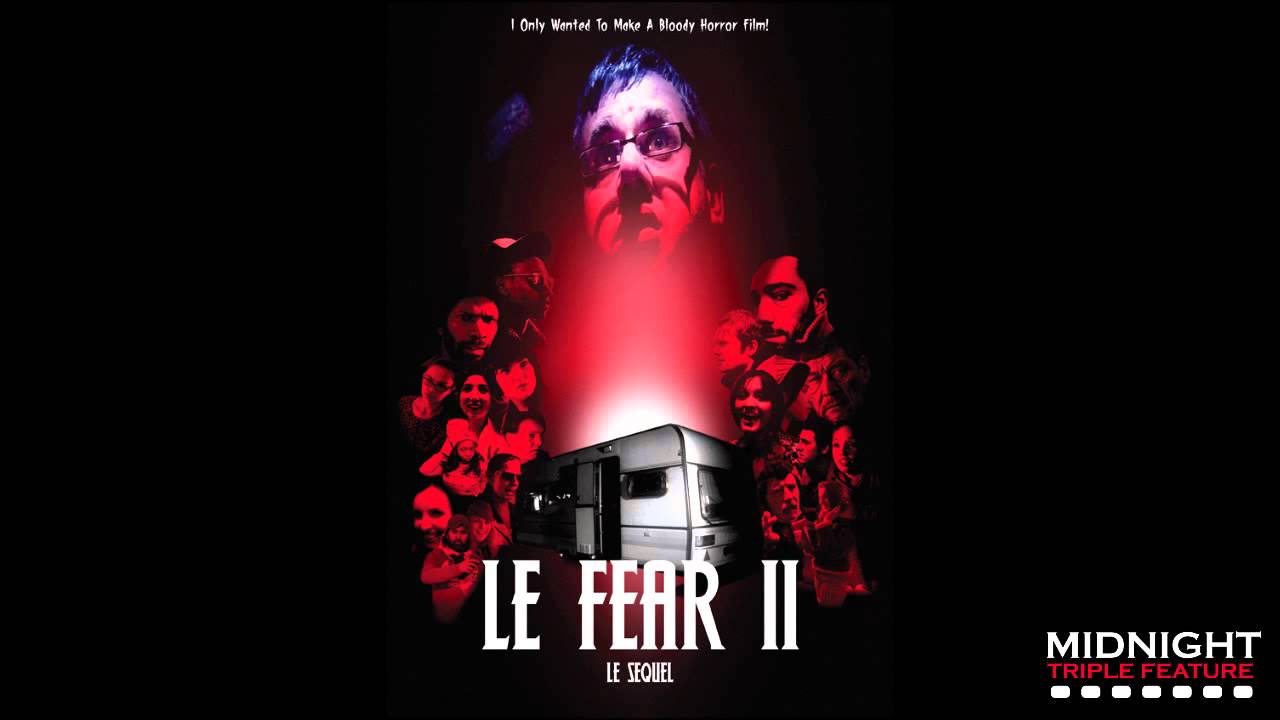Horror movies about N*zis are inherently problematic because N*zis represent an evil that is in many ways the distilled essence of all bigotry. Anti-Semitic, racist, homophobic, the N*zis were all of these things and enforced their beliefs on a grand scale. There’s no sympathy for them and even stories that use them as villains tend to raise red flags. One of the most uncomfortable movements within the horror genre is N*zisploitation, that basically does everything Blaxploitation did, only for N*zis. There’s something inherently gross about them. It’s important to note that they’re a very different beast from productions like The Keep and The Devil’s Rock, which happen to have N*zis in them.
No, I’m primarily talking about N*zisploitation here, the one kind of exploitation filmmaking that truly feels inherently exploitative. It’s hard to disassociate N*zis from all of the things commonly associated with them and even if they’re presented as the evil villains, it’s a weird thing to make them charismatic and attractive and an even weirder thing to sexualize them in the way that films like Ilsa, She Wolf of the S.S. have done. They’re the worst likeminded group of individuals in human history, and the approach these mostly grindhouse era flicks took is just beyond my comprehension.
For today’s purposes, I want to focus on one film in particular. It might seem like a weird, out-of-left-field choice, but I’m choosing it because it’s a movie that should have been all of these things. It should have had all of the problems we’re talking about. That picture, of course, is Puppet Master III: Toulon’s Revenge.
It was made by Full Moon, a company that sort of built itself on weird, bizarre, throwback horror and exploitation films. It was low budget, straight-to-video, from the irreverent people who had made Re-Animator and Ghoulies. The first Puppet Master doesn’t even outright mention the N*zis, although their presence is implied when the picture opens in a 1938 prologue sequence and shows the titular puppet master being attacked by two mysterious German spies.
Related: Puppet Master: The Littlest Reich is Equal Parts Gruesome and Goofy
Then you have Puppet Master III, which is devoted entirely to basically explaining what happened before that. Who was this puppet master, Andre Toulon? Why did he kill himself when the Germans were closing in on him? And how did he even bring his puppets to life? Puppet Master III seeks not only to give us answers, but to tell us an actual, character-centric story at the same time.

The first thing that benefits Puppet Master III is that the villains are not sympathetic. There is no point of identification for lead antagonist Major Krause. He’s basically the face of death itself—which is appropriate, as he becomes the visual inspiration for the puppet Blade. The N*zis are also not sexualized in the way most exploitation flicks depict them. There are no buxom blond SS interrogators in this one and the only sex scenes involve a very old man. Hardly sexy stuff. Instead, our villains come in the form of Kraus and Doctor Hess, a man tasked with working on a project that could reanimate dead soldiers. He is forced into working with the N*zis, he does not believe in the Reich, and he instead sees Toulon as a kindred spirit.
 The most intelligent thing Puppet Master III does is pull the rug out from under the audience and reveal that these living puppets used to be human beings. Not only that, each of them was killed by the N*zis. These pint-sized antiheroes at the forefront of the franchise are victims of the Reich. As Toulon explains when Hess asks him the secret behind his magic, the thing that animates their wooden bodies is essentially the very will to live and to go on fighting. Many of the puppets were Jewish in life, including Toulon’s wife Elsa, who becomes Leech Woman. Hess himself, after establishing loyalty and friendship with Toulon, becomes Blade. This completely changes the tone of the franchise to one that is very melancholy, as goofy and adventurous as it can be.
The most intelligent thing Puppet Master III does is pull the rug out from under the audience and reveal that these living puppets used to be human beings. Not only that, each of them was killed by the N*zis. These pint-sized antiheroes at the forefront of the franchise are victims of the Reich. As Toulon explains when Hess asks him the secret behind his magic, the thing that animates their wooden bodies is essentially the very will to live and to go on fighting. Many of the puppets were Jewish in life, including Toulon’s wife Elsa, who becomes Leech Woman. Hess himself, after establishing loyalty and friendship with Toulon, becomes Blade. This completely changes the tone of the franchise to one that is very melancholy, as goofy and adventurous as it can be.
Puppet Master III, essentially, turns all of this into a Jewish survivor’s story. Andre’s story is very directly representative of survivor’s guilt as he literally carries his dead friends with him wherever he goes. On an even deeper level, looking at Puppet Master from this perspective ties it inherently to the Jewish myth of the golem, an inanimate figure that is brought to life and wanders the earth.
 This does not excuse further entries in the Puppet Master franchise from uncomfortably stepping toward N*zisploitation, of course. Just because Puppet Master III handles the subject remarkably well doesn’t mean that I’m blind to the fact that Puppet Master: Axis Rising features its fair share of racism and fetishizing.
This does not excuse further entries in the Puppet Master franchise from uncomfortably stepping toward N*zisploitation, of course. Just because Puppet Master III handles the subject remarkably well doesn’t mean that I’m blind to the fact that Puppet Master: Axis Rising features its fair share of racism and fetishizing.
But no matter how you look at it—as a horror movie about N*zis, a second sequel to a straight-to-video horror franchise, or a Full Moon feature in general—Puppet Master III is so much better than anyone expected it to be.





